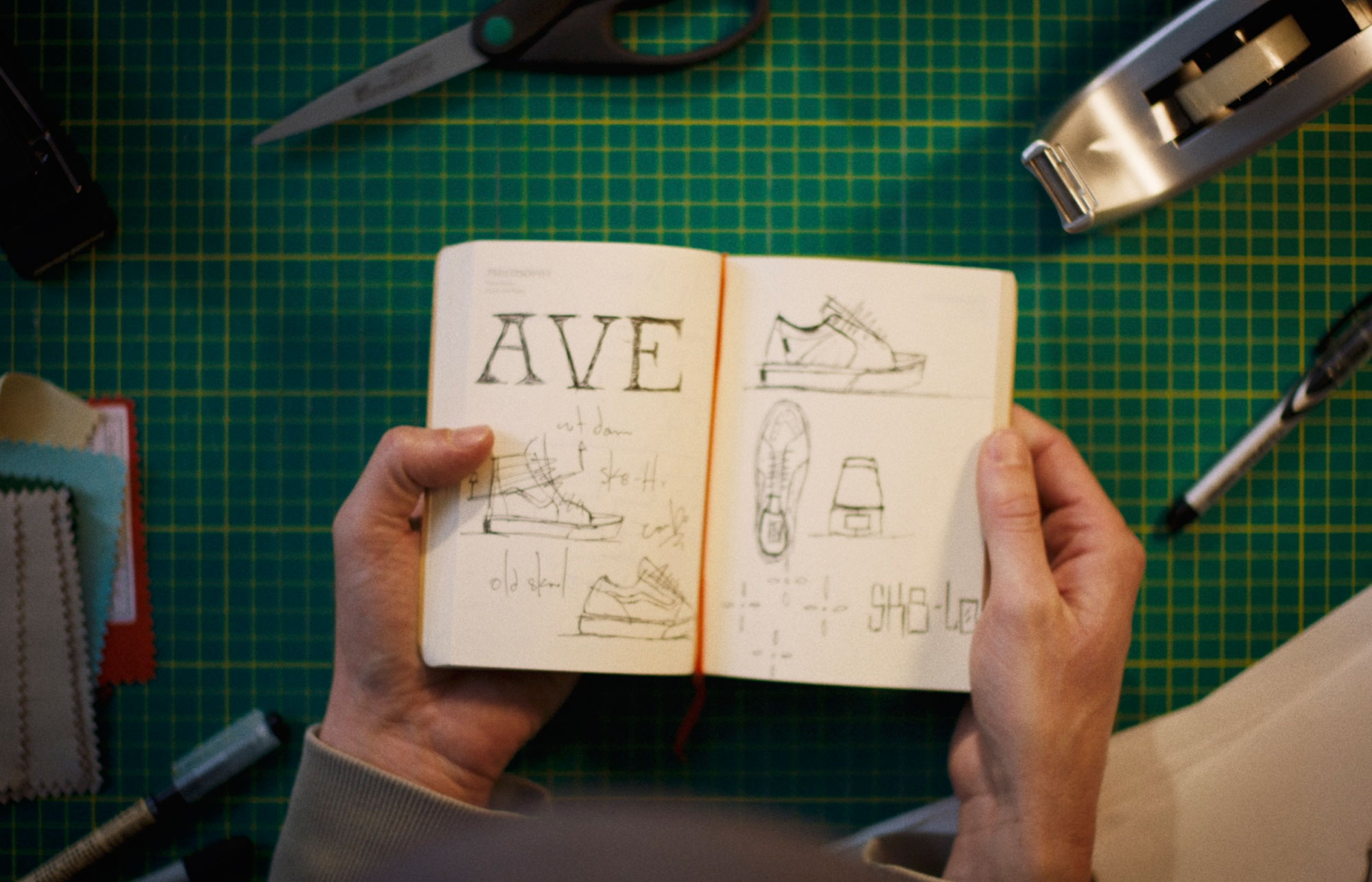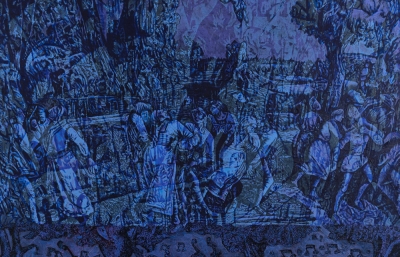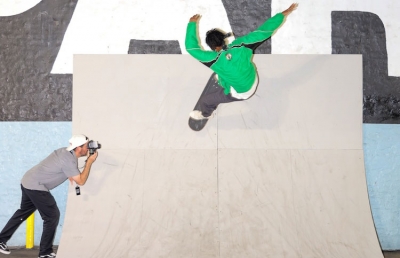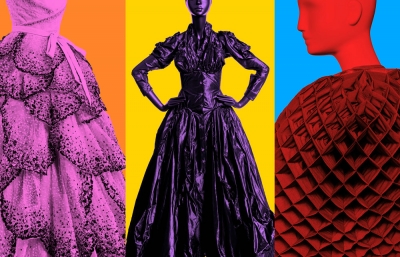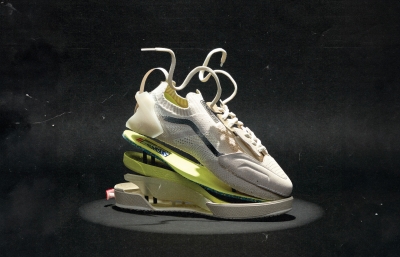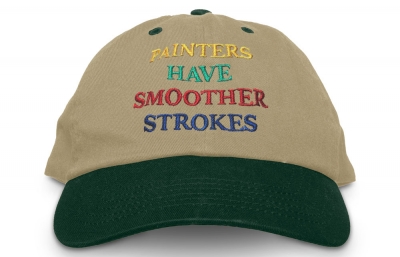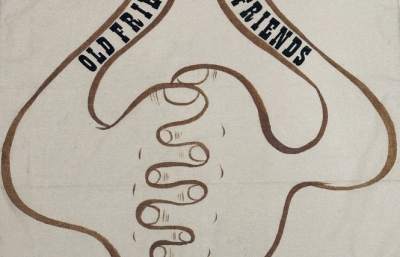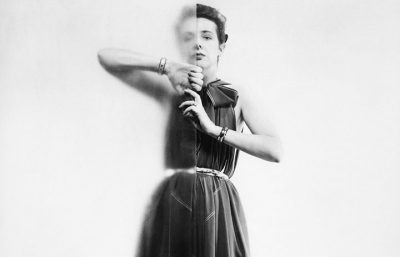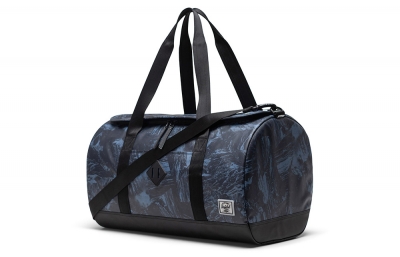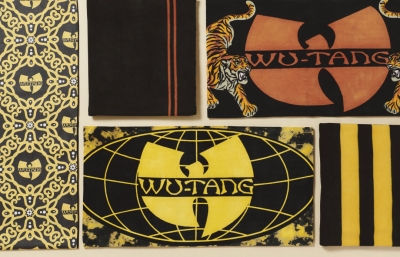Anthony van Engelen had been making shoes with Vans for nearly twenty years. Over the last few weeks, Juxtapoz sat down with Anthony alongside footwear designer Neal Shoemaker and Vans Archivist and Historian Catherine Acosta to talk about the design process and get a behind-the-scenes look at how the collaboration has evolved over two decades into the release of the AVE 2.0, their most technically advanced shoe yet.
Juxtapoz: Neal, can you start by giving us an idea of how the process of collaborating on a shoe works?
Neal Shoemaker: When it comes time to design a signature shoe for someone, usually we're starting with either a half-baked idea, a sketch, or something we want to present to that person rather than tasking an athlete with bringing something to us that's generally not their area of expertise. We want to tailor an idea that feels like it would work for them, their style of skating, and what needs they might have in a shoe.
What was the collaboration with AVE like in the beginning?
Neal: When he first got on the team in 2005, he was very, very classic leaning. And I think that's true of most skateboarders. They have childhood memories about old schools, half-cabs, or something like that.
Catherine Acosta: AVE grew up in the 80s and 90s in Southern California wearing Vans. Like many other subcultures, meaning comes from the entry point at which you get involved. It always creates a sense of nostalgia when looking back, and I feel like that's a recurring theme both with athletes and their stories and with the people that work in this industry, too. There's this coming of age story and a sense of freedom when you are exposed to a subculture.
How has the collaboration evolved after so many years of working together?
Neal: He seems like a staunch purist in many ways. He was very much that way for the first 10 or so years of his career. We couldn't even get him to ride upgraded footbed technology. He was very, very set in his ways. He was one who flipped a big switch.
Can you talk about that change, Anthony?
Anthony van Engelen (AVE): With skate shoes, and why I think Vans have always been such a great skate shoe, is board feel: that closeness to the board and the grip of the waffle sole. I saw some of the new technology they were exploring in other shoe lines and just wanted to see what could be done with it. There was just a point for me where I just wanted to explore some different stuff. I had a hard time with them previously. They were very bulky, and I couldn't feel the board the way you can in a pair of vulcanized Vans.
What changed your mind?
AVE: I'm always kind of keeping my eyes open to things that are way outside of what I think people would expect from me. I knew we had to let go of the classic vulcanized sole to progress. It was a big thing. It was unexpected for me, and I remember having moments where I was like, “I don’t know. Maybe this was a crazy idea, you know? But I trusted the design team, and we came up with a cup sole that performed really well. I mean, I was shocked.

How would you maybe explain that feeling to people who don’t skate? What is important in the feeling of the sole?
AVE: When you can feel your board, you almost feel like you're inside of it. When you can't feel the board, you feel like you're kind of hovering on top of it. So it was: how can we make a shoe super light and strip it of all the things that are unnecessary and just have what you need and have board feel, have all these things? That, to me, is real technology.
Neal and Catherine, How did Vans see making these bigger changes?
Neal: I think the overall goal was that we wanted to do something where we could change the perception of the brand and take the opportunity to do something a bit more forward than is normally asked of us.
Catherine: Vans started as a manufacturer in the late 1960s, and we owned and operated our own factories through the mid 90s. So this sort of intersection between a level of hand craftsmanship and industrial production and really understanding manufacturing is very, very much a part of this brand. This really builds off of decades of designing and thinking about skateboarding, and what Neil and AVE have been able to do is just really, really special and unique because it's just sort of taking, refining these ideas, and playing with them.
Neal: If someone sees this thing for the first time, it may not look like it has all the classic elements of a Vans shoe, but I think if you look at the lineage of Anthony’s previous shoes leading up to it, it really is the evolution of the same idea.

Can you explain some of the specific choices you made in that context?
Neal: We're primarily a vulcanized brand, so that's where the expertise lies. With a more modern shoe like this, it's less familiar construction-wise than the rest of the brand, so we have to have an understanding of what our factories can actually make. We started with these molding constraints, a couple new materials with some knit, and furthering the no-sew suede and synthetics that we knew Anthony liked. And then, from there, we just tried to see if we could make it, experimenting in a lot of ways.
I think redoing the midfoot support piece was a challenge just because in the previous iteration, we were forced to do it in a flat way, so we were trying to do a different material so we could wrap it and mold it around kind of the entire midfoot. Then, playing with what we had learned from previous shoes, like the Ultra Range outsole and some co-molding processes, we added a cleaner mold to the outsole to make it all fit together more like a one-to-one fit rather than a sloppy stock fit option.
What made AVE and his line of signature shoes, the best place for this experimenting to manifest?
Catherine: There really has been this consistent sense of AVE trying to perfect himself as an athlete, and you can see that attitude really reflected in the shoe design, and challenging, from a visual standpoint, what they look like.

Photo: Anthony Acosta
Anthony, how do you see this shoe in relation to the evolution of skate shoes in general?
In early skateboard-specific shoe design, tech shoes were more of an aesthetic, a look of the shoe, but they weren’t technically advanced, in my opinion. But now, we are at a point where there is technology that actually works.
Your past shoes have been very successful, and of course, classic Vans are classic for a reason. Is it difficult to change what works?
Like anything, if you do something that people like and it is good, it's like, “Well, okay, now do it again.” You know? And it's like, it's always like, Oh, fuck, what are we going to do? How're we going to build on that? How are we gonna do something better? If you're not, as a designer, as a company, or as an athlete, pushing yourself to that place of potential failure, that’s kind of exactly where you need to be. Let's push the boundaries and utilize everything we have to make the best possible skate shoe we can.
For more information, visit vans.com

